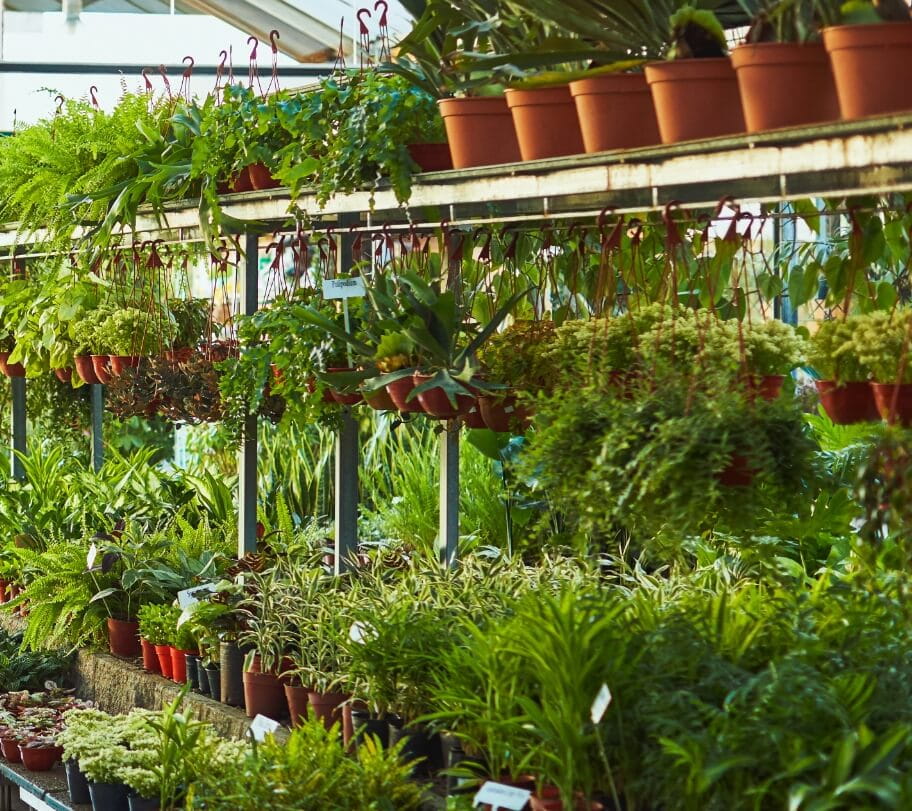One of the most common questions we receive at Willow is related to watering. It seems to be a common struggle for every gardener — either watering too much or not enough. Unfortunately, there isn’t a fool-proof schedule when it comes to watering because there are so many variables: Are the plants in a container or in the ground? Are they in the sun or in the shade? What is the soil type?
Instead of watering on a schedule, the key is to water as infrequently as possible and when you do water, give your plants a thorough soak. The goal is to cycle the plants between wet and dry, mimicking Mother Nature.Here’s why:
Soil dries from the top-down and the roots follow that water down, searching for water. That process promotes a stronger root system and a healthier plant. If you overwater, the roots drown. If you don’t water enough, the roots may become damaged beyond repair.
That’s it! That’s the backbone of a good watering program. We know — if it was that simple, there wouldn’t be so many gardeners with questions. So, here are some more tips. While not hard-and-fast rules, they may help keep you in the zone.
- When first transplanting and landscaping, that first two-to-four weeks are critical for root growth. Cycling is most important at that time.
- While sprinklers and automation are great, this process makes it easier to overwater. Remain attentive.
- Overwatering is more common in containers, including raised garden beds.
- Not watering enough is more common for in-ground plants.
- It’s usually best to water at the soil level to minimize evaporation, although it’s not always possible.
- Try to water in the morning to minimize wet plants overnight which invites leaf diseases.
- Potting soil that stays wet all the time is not good for your plants. Be wary of that popular commercial brand in the yellow and green packaging.
When in doubt, wait to water until the plant starts to wilt and then give it a good soak. That’s right — wilting due to a lack of water isn’t bad, it’s just a sign that the plant has used all the available water.
What does Nick do?
At my house, I water my containers every three or four days. At that time, I soak the heck out of them. Because they’ve dried out, the top will not absorb much water at first. Start by watering them really well and then move on to the next plant. Then, return to that first plant and deliver another long soak. This ensures that the water gets all the way down.

